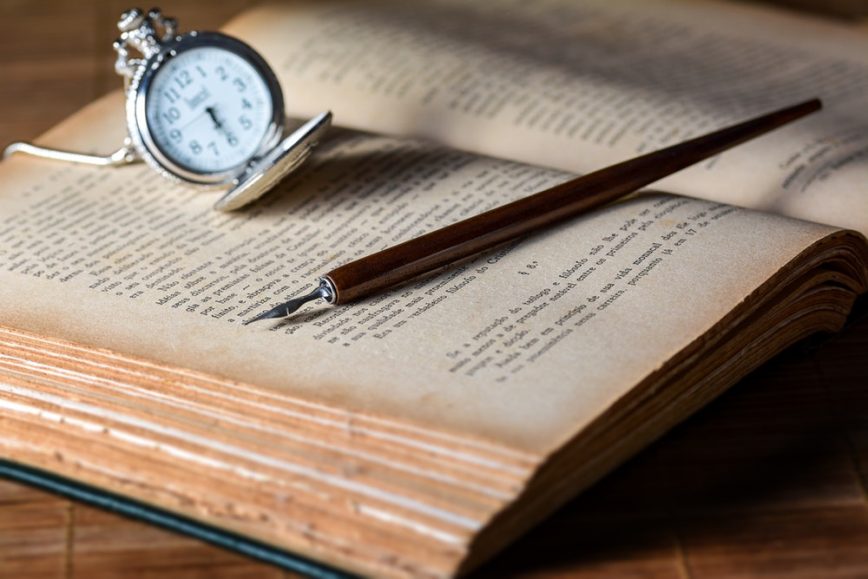It seems that every level of schooling requires a person to learn another way to format research papers and cite sources. How many of us scratched our heads when the teacher would say to be sure to use MLA, APA, or Chicago formatting? It was difficult enough writing the paper, but how are we supposed to remember which style is which? Most of us would just quietly whisper to a friend in class and ask what makes that style and formatting different, and then we were always met with a shrug in return.
If that wasn’t confusing enough, most of the time it can depend on the individual subject itself. Certain subjects are more likely to use one style over the others. Once in a while, you may have a teacher that will just say use whatever style you like, but those instances are rare and far between.
What Is a Citation Exactly?
For those that do not write often enough and are unfamiliar with citations, a citation is a way to give credit to an individual or individuals for their work that you may use to support your own research or thoughts. When the teacher or publisher says to be sure to cite your sources, they are speaking about giving credit where credit is due. It helps to protect you down the road from claims of plagiarism if you include this information usually at the end of your paper.
Most of the time, a citation will include, if appropriate, the author’s name, date, location of the publishing company, journal title, or DOI (Digital Object Identifier). The citation style specifies the exact information necessary for a citation and how the information is put in order according to that format. Below is a list of the big three major formatting styles and when to use them whether you are writing research papers, articles, or books.
APA (American Psychological Association)
The APA formatting style is used often in education and other professions. In fact, it is used for subject areas and disciplines in psychology, engineering, science, and social sciences. This covers quite a large range of subjects in school, so you may often hear your instructor asking for citations in the APA format. To break it down a bit further and pinpoint the differences between the big three, APA style uses parenthetical in-text citations and a “References” list at the end of the paper to link sources you have used to back up your findings.
MLA (Modern Language Association)
The formatting style perhaps most used in education is the MLA. It is used primarily for the humanities, including courses such as English, Art History, Philosophy, Music, Religion, and Literacy. All of these subjects require a good amount of writing, so it is quite common for the teacher to ask that all papers be formatted under the MLA style. MLA is similar to APA where parenthetical in-text citations are allowed, however, at the end of the paper it should be a “Works Cited” list to link sources instead of “References”.
Chicago Style
The Chicago formatting style (created originally by the University of Chicago) is usually more involved than the other two, and it is used often in business, history, and the fine arts. Instead of in-text citations like the ones used in MLA and APA, Chicago uses footnotes and endnotes where the full source is cited at the end of the page. Historical research is notorious for choosing the Chicago style as they believe that it enables the reader to focus more on the information rather than distracting parenthetical information when sources are cited. Then with the footnotes provided, if the reader wants to track down the source to read that, too, then they just do so at the end of the paper.
What Are the Differences?
There are subtle differences between the three when citing sources at the end of the paper. Besides it being titled “References”, “Works Cited”, or “Footnotes”, there are formatting discrepancies as well. Below is an example on how to cite the legendary novel The Adventures of Tom Sawyer according to the different styles.
APA Citation
Twain, M. (1998). The adventures of Tom Sawyer. Mineola, N.Y.: Dover Publications.
MLA Citation
Twain, Mark. The Adventures of Tom Sawyer. Mineola, N.Y.: Dover Publications, 1998. Print.
Chicago Citation
Twain, Mark, 1835-1910, The Adventures of Tom Sawyer. Mineola, N.Y.: Dover Publications, 1998.
As you can see, there are slight disparities between the three styles. The formatting is unique to each, so depending upon what your instructor or publisher is asking for, stick with that style the whole way through.
Try to Familiarize Yourself with the Three Formatting Styles
The key is to not feel overwhelmed when choosing which formatting style to write with. Unless you are a writer or trying to get through school, the odds are that you will only need to use these styles rarely. How often do people ask for you to cite sources in an email? Does your mom ask you to cite your sources for all the letters you write her? Probably not.
Even the most experienced writers will have to study the style for a few minutes to make sure they have the information in the correct order at the end of the paper. Plus, if you have a comma or period out of place, the odds are that the teacher or the editor won’t even notice. Just try your best and get it as close as you can to fitting that style. It can be difficult to find all the information needed for citations at the end of the paper, so you may have to do some creative formatting anyway when putting it all together. The main emphasis should be on what you are writing about, and if you need to, protect yourself against any claims of plagiarism by giving credit where it is due.
